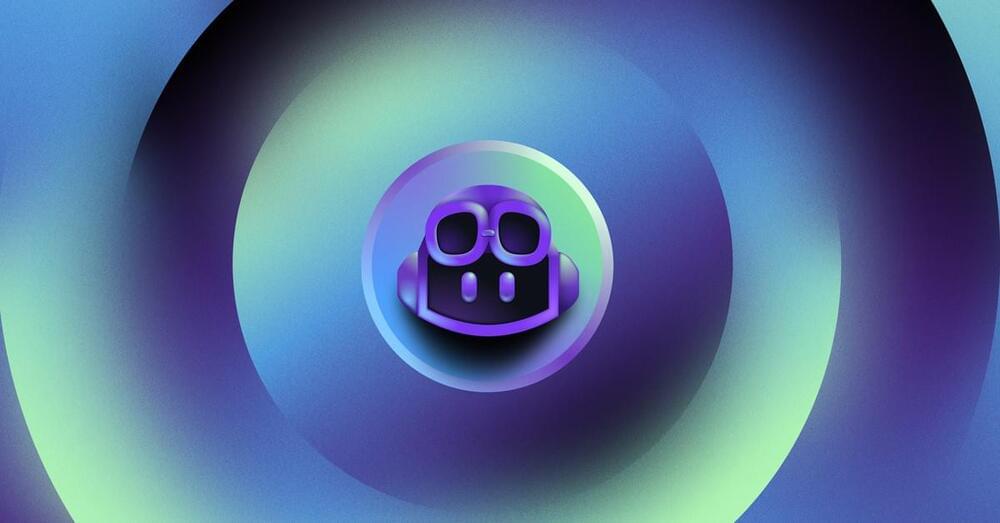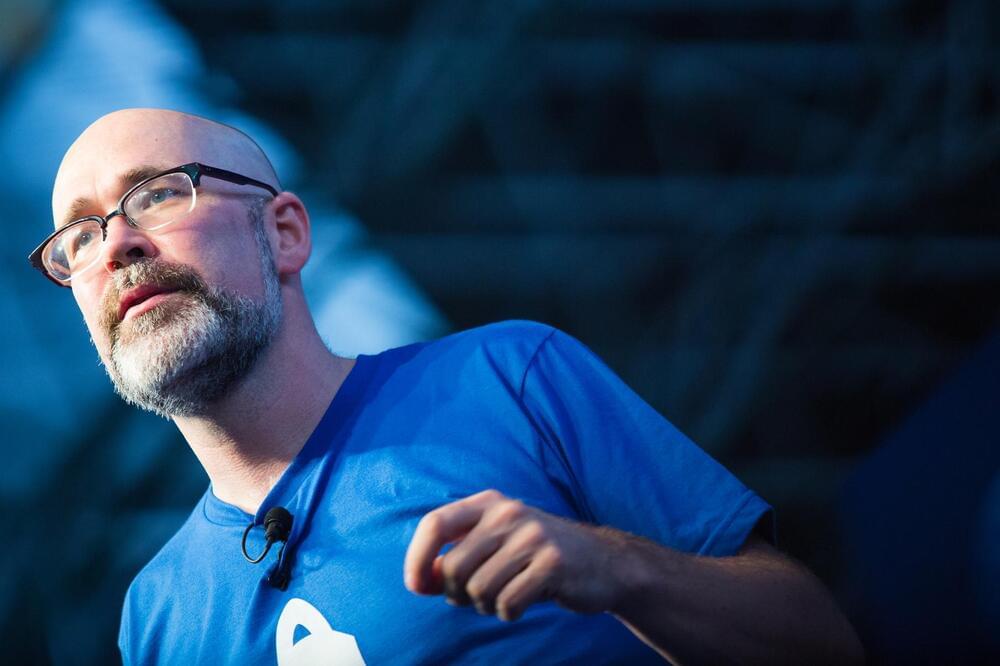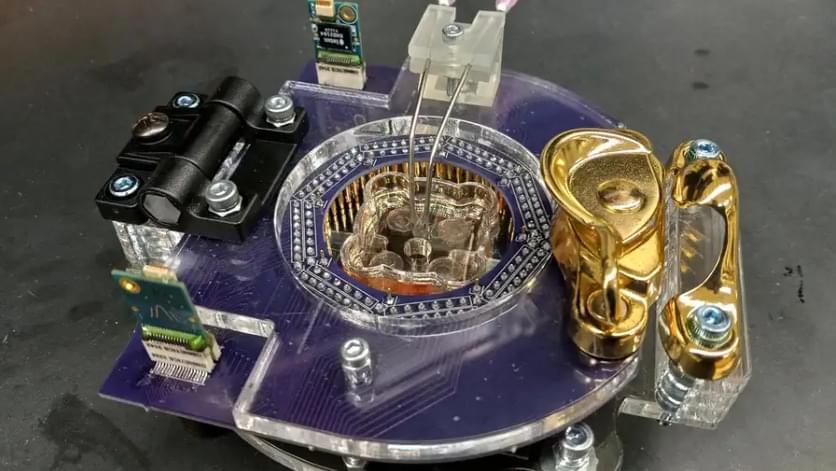GitHub Copilot is also coming to pull requests to help developers create AI-generated descriptions. Tags are automatically completed by GitHub Copilot based on what code has changed, and developers can then review and edit them.
“At GitHub we invented the pull request over a decade ago, so the natural next step for us was to bring Copilot into the pull request,” says Dohmke. “You can actually ask Copilot to describe the pull request to you, or you can ask Copilot to generate tests.”








